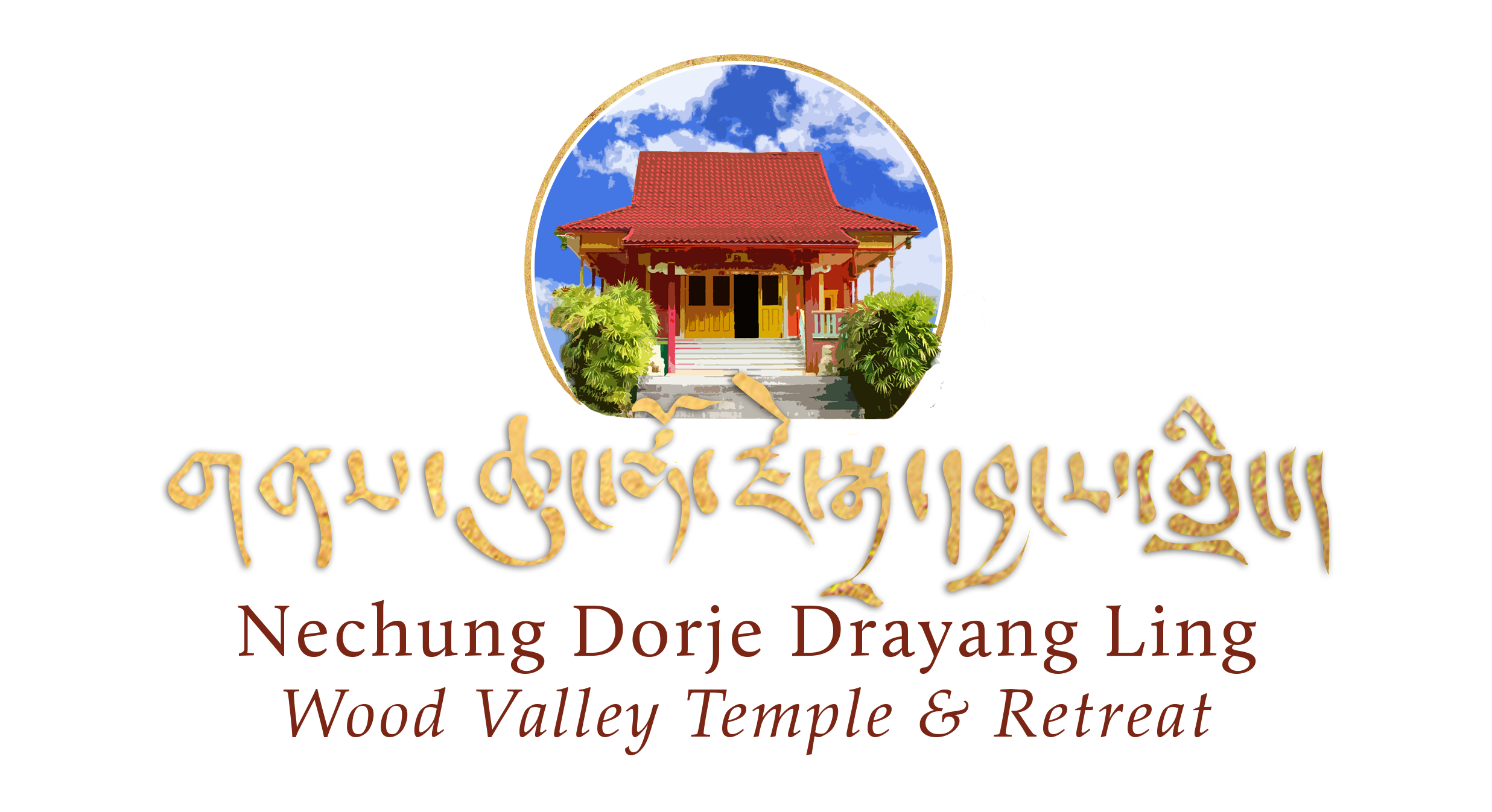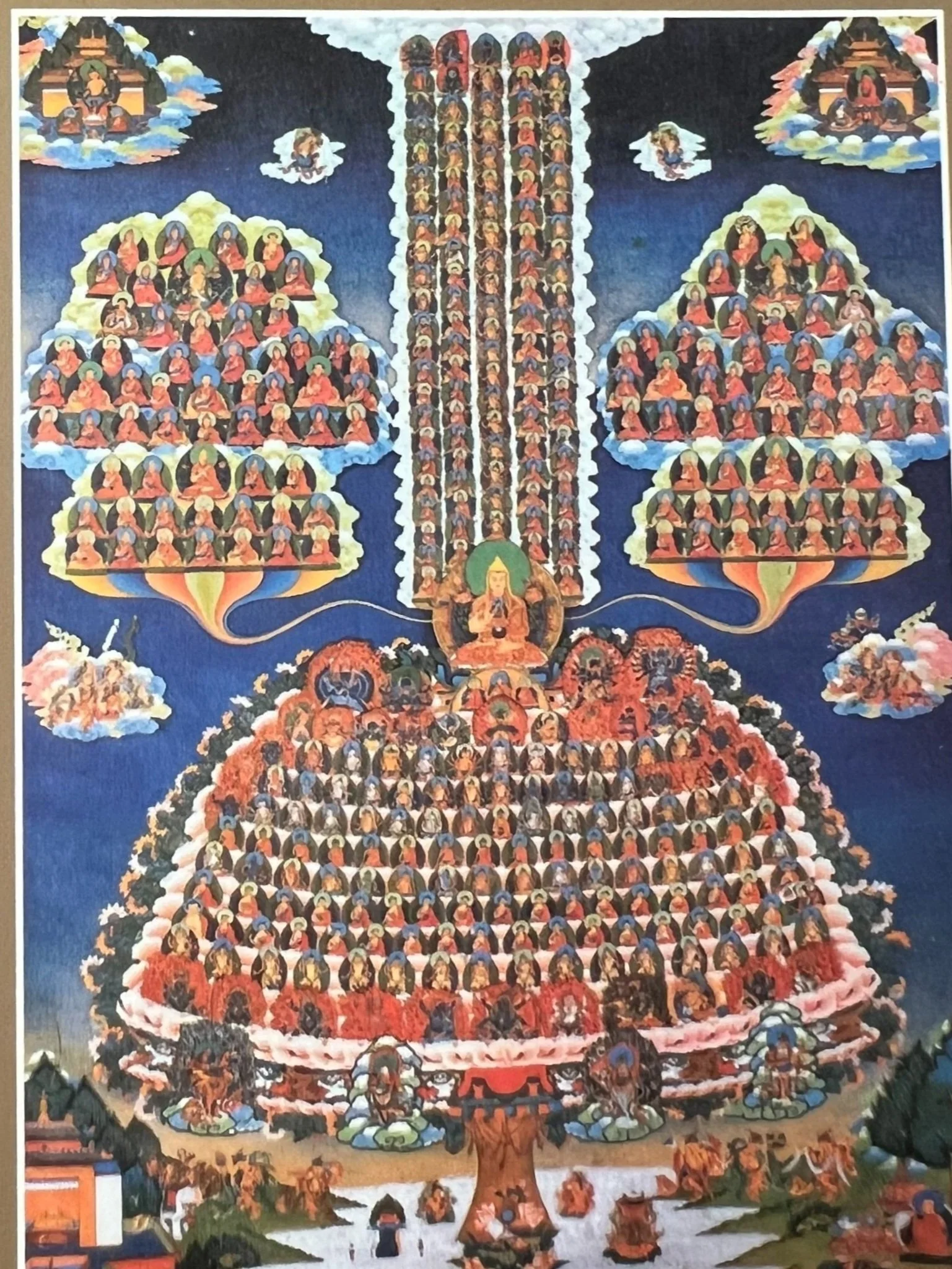Tibetan New Year Celebration
- Nechung Dorje Drayang Ling, Wood Valley Temple & Retreat 96-2285 Wood Valley Road Pahala, HI, 96777 United States (map)
The Tibetan year is based on the lunar calendar and generally consists of twelve months. 2019 to 2020 is the year of the Female Earth Pig, a leap year with thirteen months — specifically two-first months — starting with the first day in the first month on February 5th. The first day of second lunar month is on Thursday, March 7th.
We will celebrate Losar (new year in Tibetan) on March 7th since Nechung Choktrul Rinpoche is in residence, beginning at 10:00 am with a prayer service. Offering tea & sweet rice, recitation of auspicious prayers, and performing cleansing rituals will be part of the ceremonies. This will be followed with a potluck lunch. Please join us!
On Sundays when there are no teaching programs, the standard practice is Green Tara with recitations of the 21 Tara praises. Tara represents enlightened activity, her practice brings fulfillment of wishes, and elimination of obstacles which hinder one’s life and spiritual practice. She has 21 manifestations, each form symbolizes a different aspect and may appear in various colors & appearances — such as the Red Tara (energy/power), Yellow Tara (increase), etc. — offering a different energy or virtue to help on our spiritual paths. Green Tara is the embodiment of all the aspects of Tara & is most commonly practiced..
The process of the practice begins with taking Refuge and engendering the altruistic mind (bodhicitta), invocation of Tara & enlightened beings, presentation of offerings, visualization of Tara, mantra recitation, dissolution and dedication.
Guru Rinpoche or Padmasambhava was one of the Indian masters responsible for bringing Buddhism to Tibet in the 8th century. He helped establish the first monastery, Samye, and it was during his tenure that the first monks were ordained. Padmasambhava also tamed many of the negative forces that obstructed the teachings & practice of Buddhism, converting powerful entities into protective guardians of the Dharma. Nechung Monastery’s roots are associated with this preeminent master.
Riwo Sangchö is a mountain incense offering to enlightened beings and local spirits for purification and removal of interferences.
Every first Sunday of the month we hold a White Tara longevity service. It is a practice for long life and wisdom. Tara has 21 manifestations, in each form she takes a different color — such as Blue Tara and Black Tara — and offers a different energy or virtue to help on our spiritual paths.
Lama Chopa consists of devotion in honor of one’s teachers.
This particular practice was written by the first Panchen Lama. As with other Tibetan meditations, this practice begins with refuge, generating the altruistic mind, presentation of offering, visualization, contemplating the stages of the spiritual path, and closes with a dedication of merit to benefit all beings
This text is beautifully translated into English, there are also Tibetan phonetics to follow the chant.
Lama Chopa consists of devotion in honor of one’s teachers.
This particular practice was written by the first Panchen Lama. As with other Tibetan meditations, this practice begins with refuge, generating the altruistic mind, presentation of offering, visualization, contemplating the stages of the spiritual path, and closes with a dedication of merit to benefit all beings
This text is beautifully translated into English, there are also Tibetan phonetics to follow the chant.






